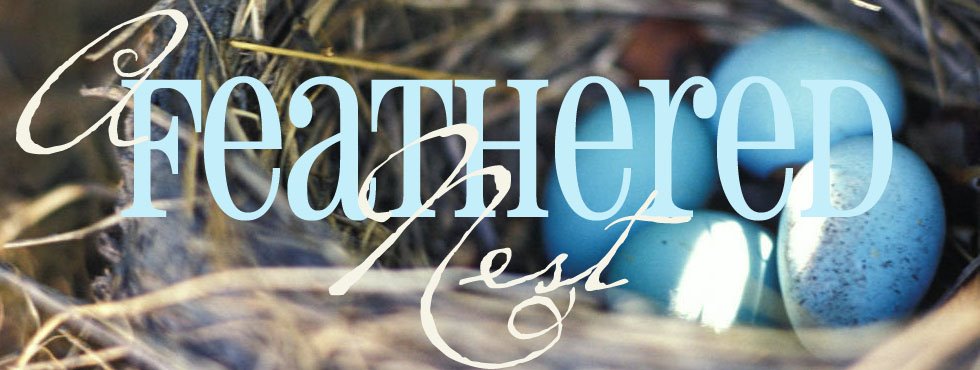 This is a very basic double crochet ruffle border. If you have mastered the double crochet lesson, this will work up fast.
This is a very basic double crochet ruffle border. If you have mastered the double crochet lesson, this will work up fast.You're going to need 2-3 skeins of contrasting colored yarn.
Start by putting your hook through the corner hole where you initially started or ended the blanket. You should have a
 3" or 4" tail from starting the blanket. Just lay the tail to the side, we're going to stitch over the top of it and it will lay inside the border.
3" or 4" tail from starting the blanket. Just lay the tail to the side, we're going to stitch over the top of it and it will lay inside the border.Then, start a slip knot loop with your border color and put it on your hook.

Pull (or slip stitch) the knot inside the hole...
Try to keep the "tail" of the blanket down over the top of the chain and just stitch through the chain like you normally would. This incorporates the tail without having to get a needle.

(dc) approximately 12 times in that same corner hole.
The way you make the stitching ruffle is by putting a bunch of stitches in the same opening, making a natural ruffle.


Now you're going to dc in the holes which are actually the ends of the rows in the blanket. You're going to stitch about 6 dc's in every row of your blanket. You can see in the picture here that I'm stitching inside the edges of where my blanket rows began.

You can increase or decrease the amount of ruffle by increasing or decreasing your stitches. Just remember to put double the stitches in the corner pockets. If you're doing six stitches in every spot, then do 12 stitches in the corners.
I've seen some little boy blankets done this way with no ruffle at all - just don't put very many stitches into one spot.
Go all the way around the blanket just like this.
Finishing off and hiding threads coming soon...
















































